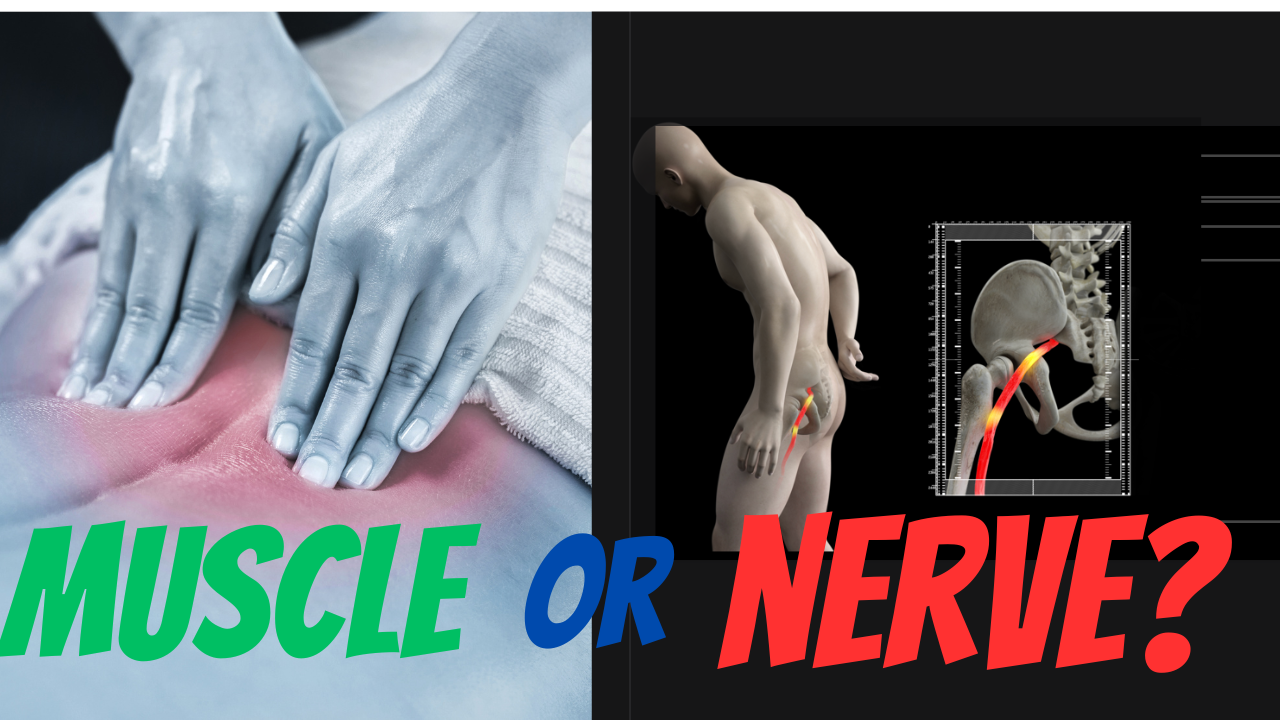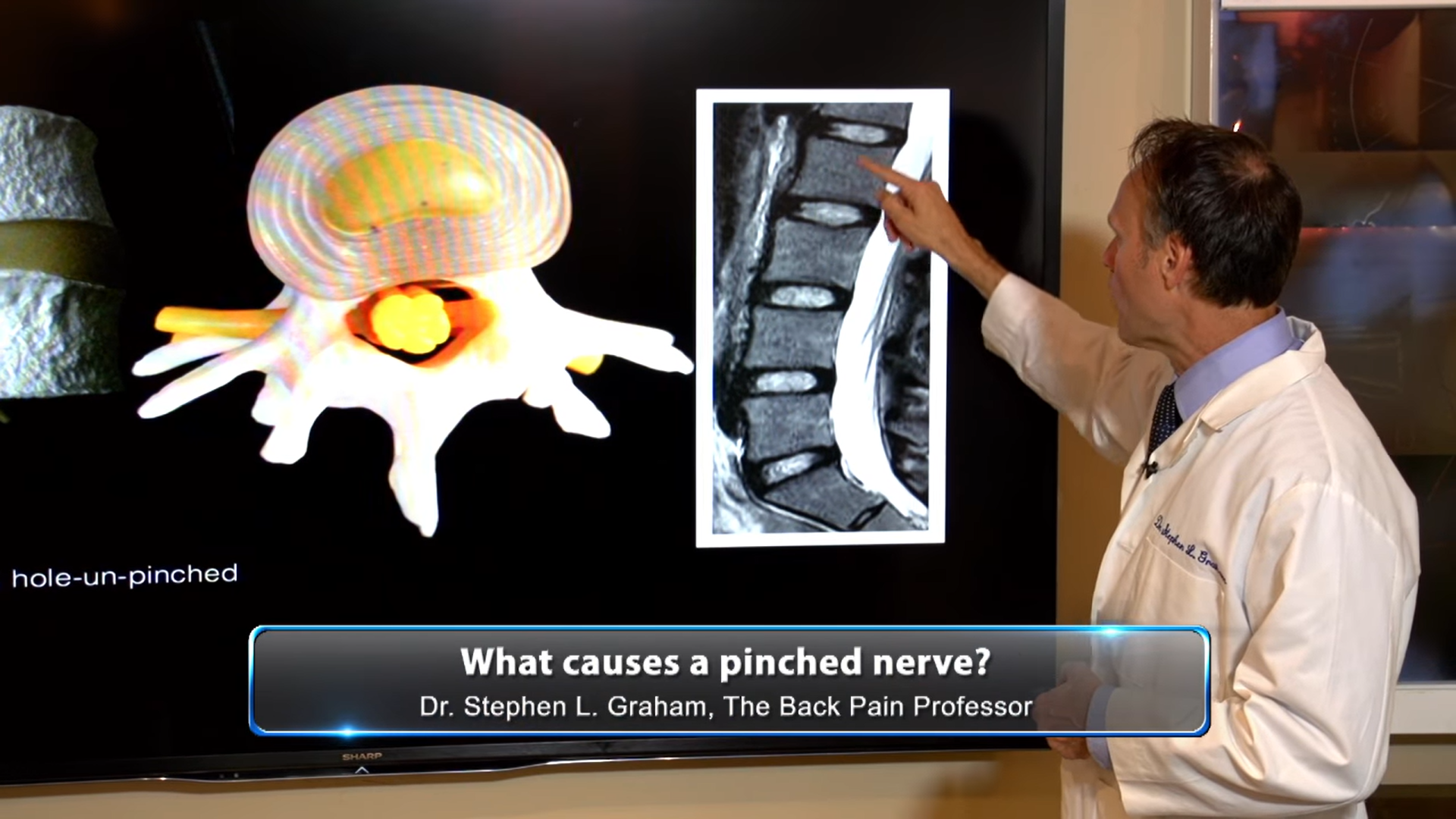How can a weak core affect your low back?

A weak core can contribute to low back pain in several ways:
- Lack of support: The muscles in the core, including the abdominals, obliques, and back muscles, work together to provide support and stability to the spine. When these muscles are weak, the spine may not be adequately supported, which can lead to excessive stress on the lower back muscles and joints, leading to pain.
- Poor posture: A weak core can cause poor posture, which can also contribute to low back pain. When the core muscles are weak, the body may compensate by slouching or leaning forward, which can place extra pressure on the lower back.
- Limited range of motion: A weak core can limit the range of motion in the hips and pelvis, which can place additional stress on the lower back when performing everyday activities such as bending or lifting.
- Inefficient movement patterns: When the core muscles are weak, other muscles may have to work harder to compensate for the lack of support, leading to inefficient movement patterns. This can also contribute to low back pain over time.
Therefore, it's important to strengthen the core muscles through exercises such as planks, bridges, and abdominal crunches to help prevent and manage low back pain. However, it's important to consult with a healthcare provider or a physical therapist before starting a new exercise program, especially if you have a history of low back pain or other medical conditions.
For more information watch the video below:
More Graham Chiropractic Blogs












